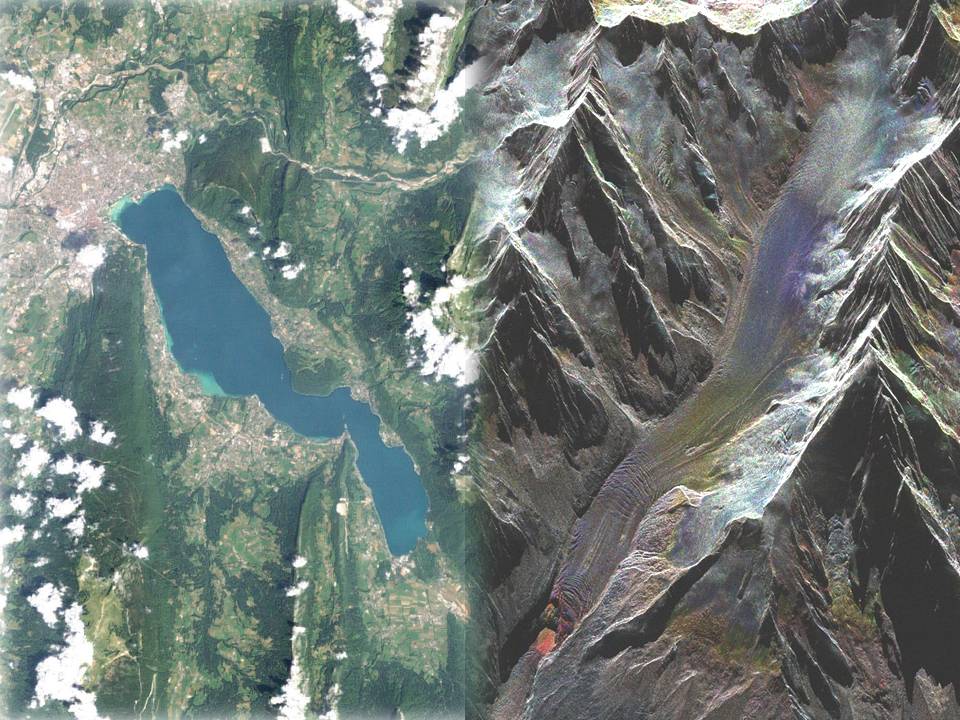Multitemp 2015

![]() =>
=> ![]() Although there is no link between this blog and the Multitemp 2015 symposium,I am happy to support this international symposium dedicated to the applications and techniques to use the remote sensing image time series. (And maybe they will not sue us for using a similar name for this blog…). That’s the reason why I accepted to chair a session about SPOT4 (Take5) and the preparation of Sentinel-2 (and not just because Annecy is a very nice town in the French Alps). Many of you produced nice results from SPOT4 (Take5),data, or submitted a site at the SPOT5 (Take5). call for sites.Your extended abstracts are awaited on the symposium site before February the 27th..
Although there is no link between this blog and the Multitemp 2015 symposium,I am happy to support this international symposium dedicated to the applications and techniques to use the remote sensing image time series. (And maybe they will not sue us for using a similar name for this blog…). That’s the reason why I accepted to chair a session about SPOT4 (Take5) and the preparation of Sentinel-2 (and not just because Annecy is a very nice town in the French Alps). Many of you produced nice results from SPOT4 (Take5),data, or submitted a site at the SPOT5 (Take5). call for sites.Your extended abstracts are awaited on the symposium site before February the 27th..







